Essential Lab Equipment
An overview of the fundamental tools for any chemistry lab.
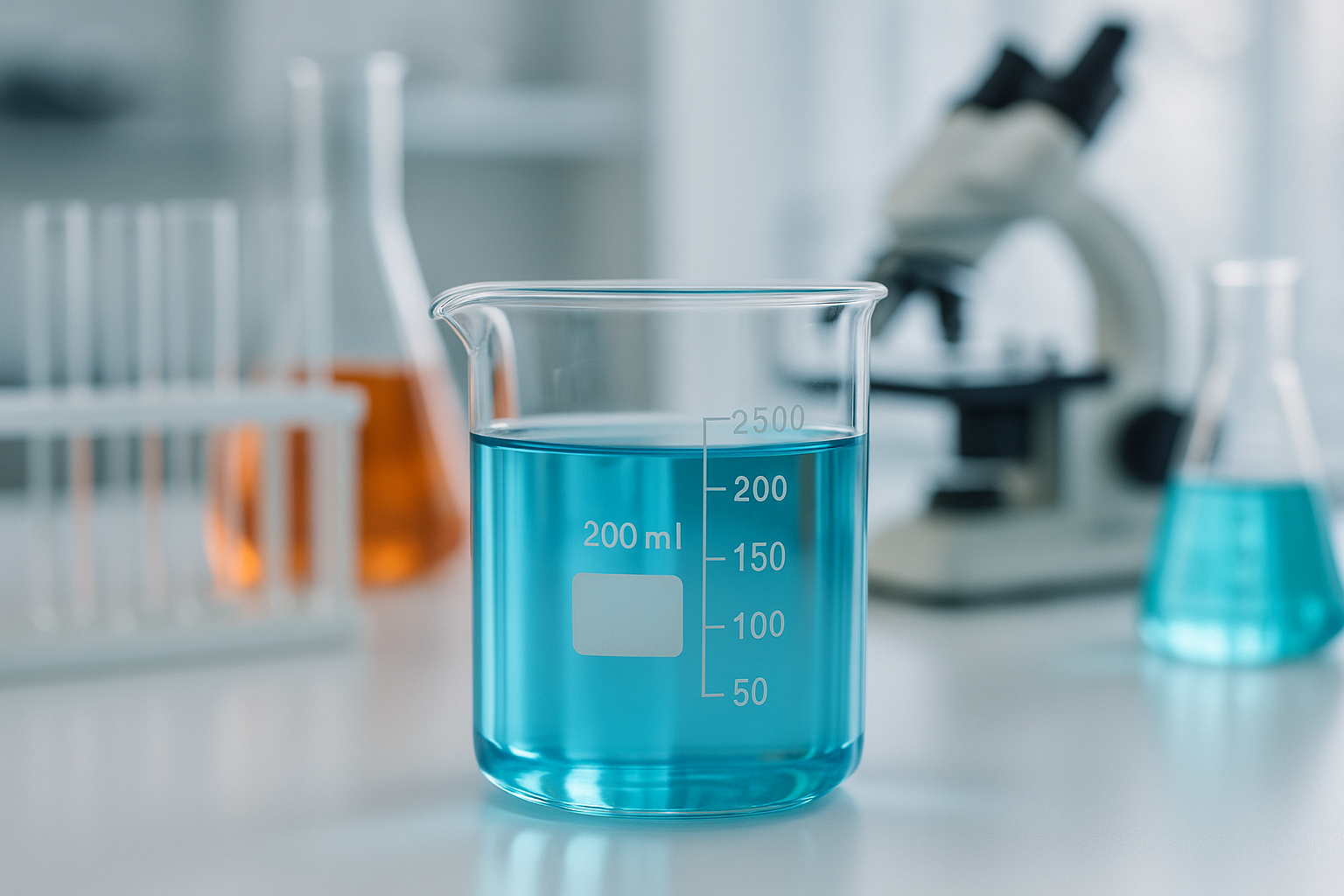
Beaker
A cylindrical container with a flat bottom, used in laboratories for holding, mixing, and heating liquids.
Fun Fact: Perfect for conducting an "elephant toothpaste" reaction, which produces a large amount of foam.
Shopping suggestions are disabled.
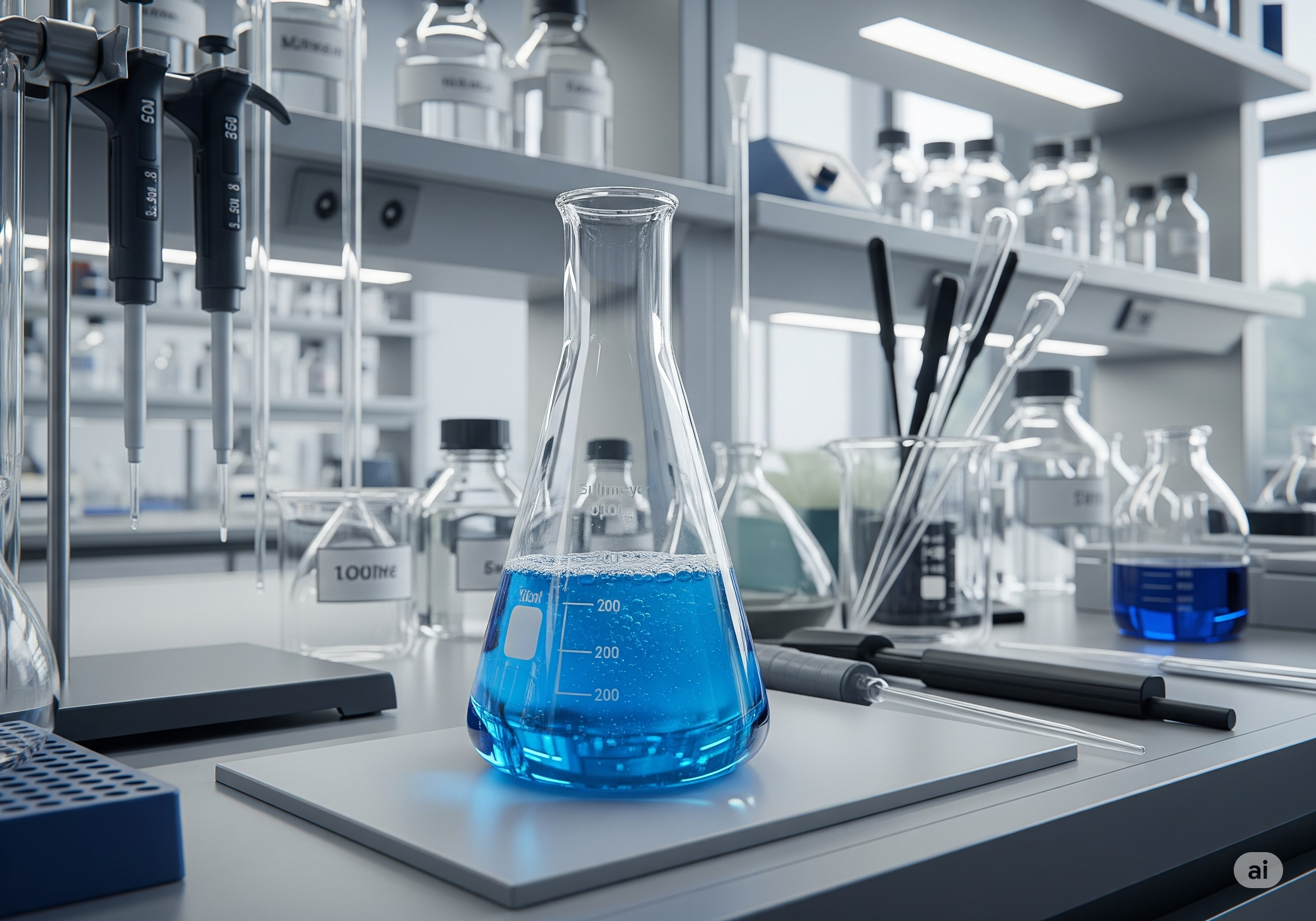
Erlenmeyer Flask
A flask with a conical body, flat bottom, and narrow neck. Ideal for mixing by swirling without the contents splashing out.
Fun Fact: Often used for cultivating yeast cultures for beer or for making vinegar starter cultures.
Shopping suggestions are disabled.
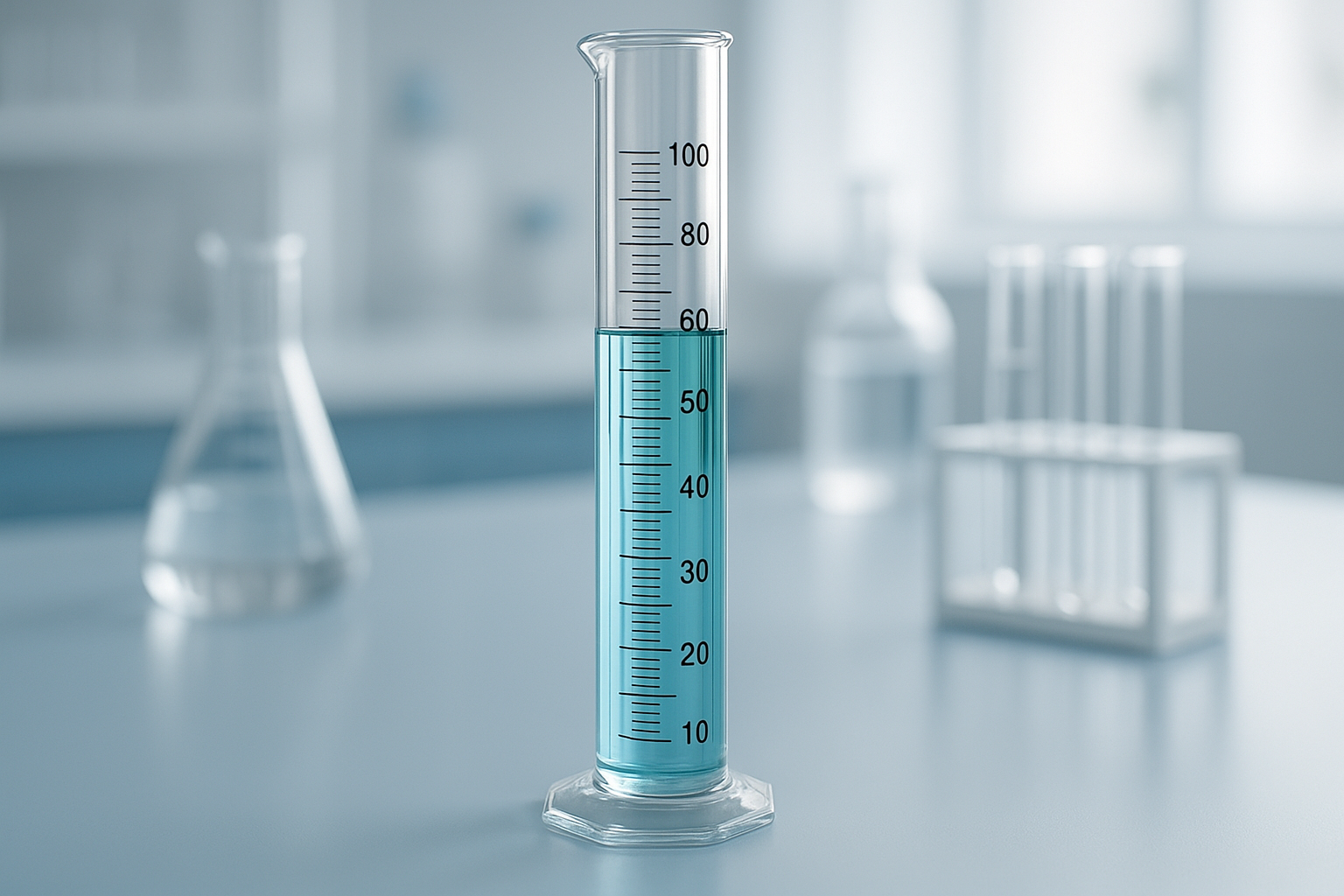
Graduated Cylinder
A cylindrical container with a scale for accurately measuring the volume of liquids.
Fun Fact: Ideal for building a colorful density tower by layering different liquids (oil, water, syrup).
Shopping suggestions are disabled.
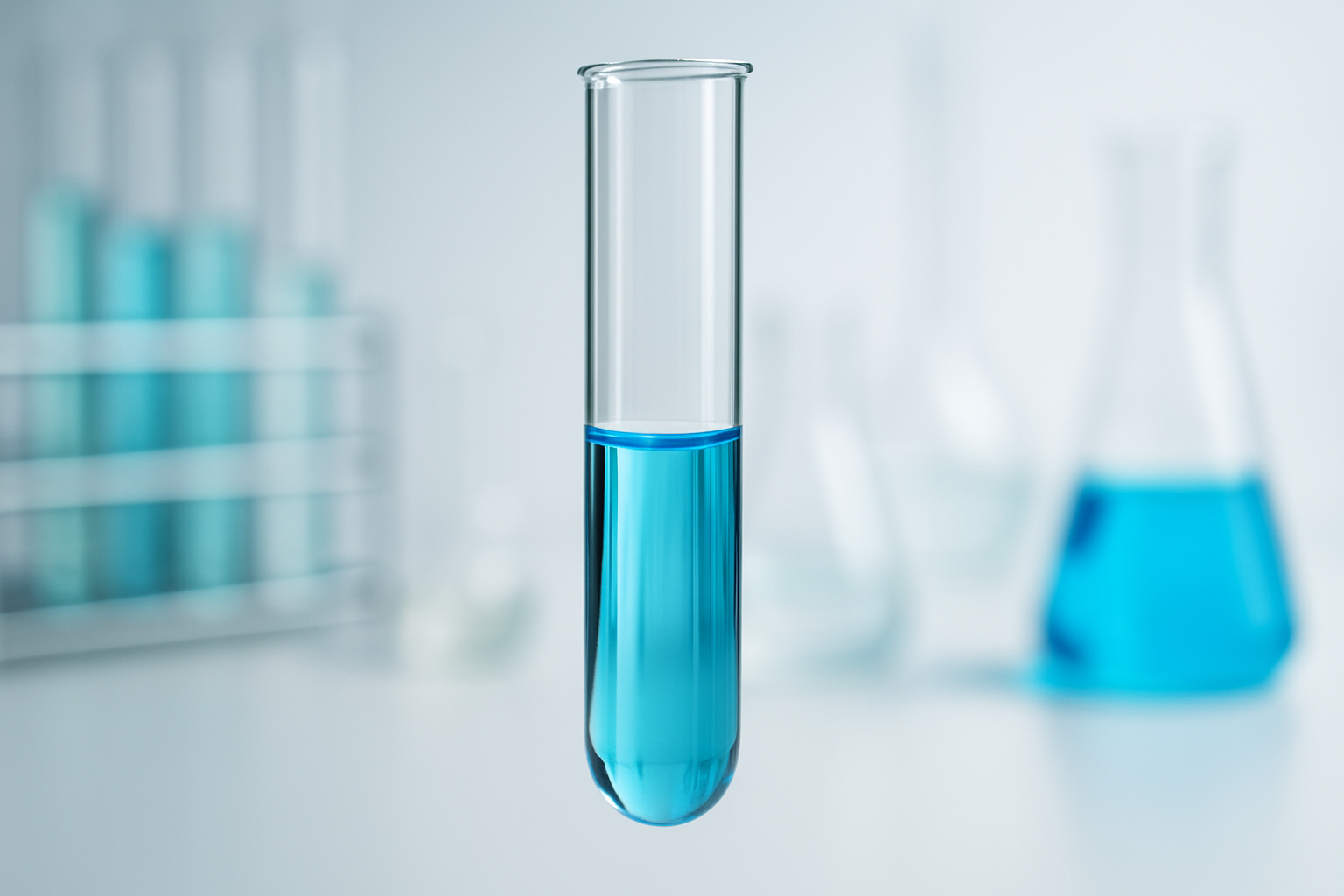
Test Tube
A small glass tube with a round or conical bottom, used for qualitative experiments and heating small amounts of substances.
Fun Fact: Can be used to create a mini lava lamp with oil, water, food coloring, and an effervescent tablet.
Shopping suggestions are disabled.
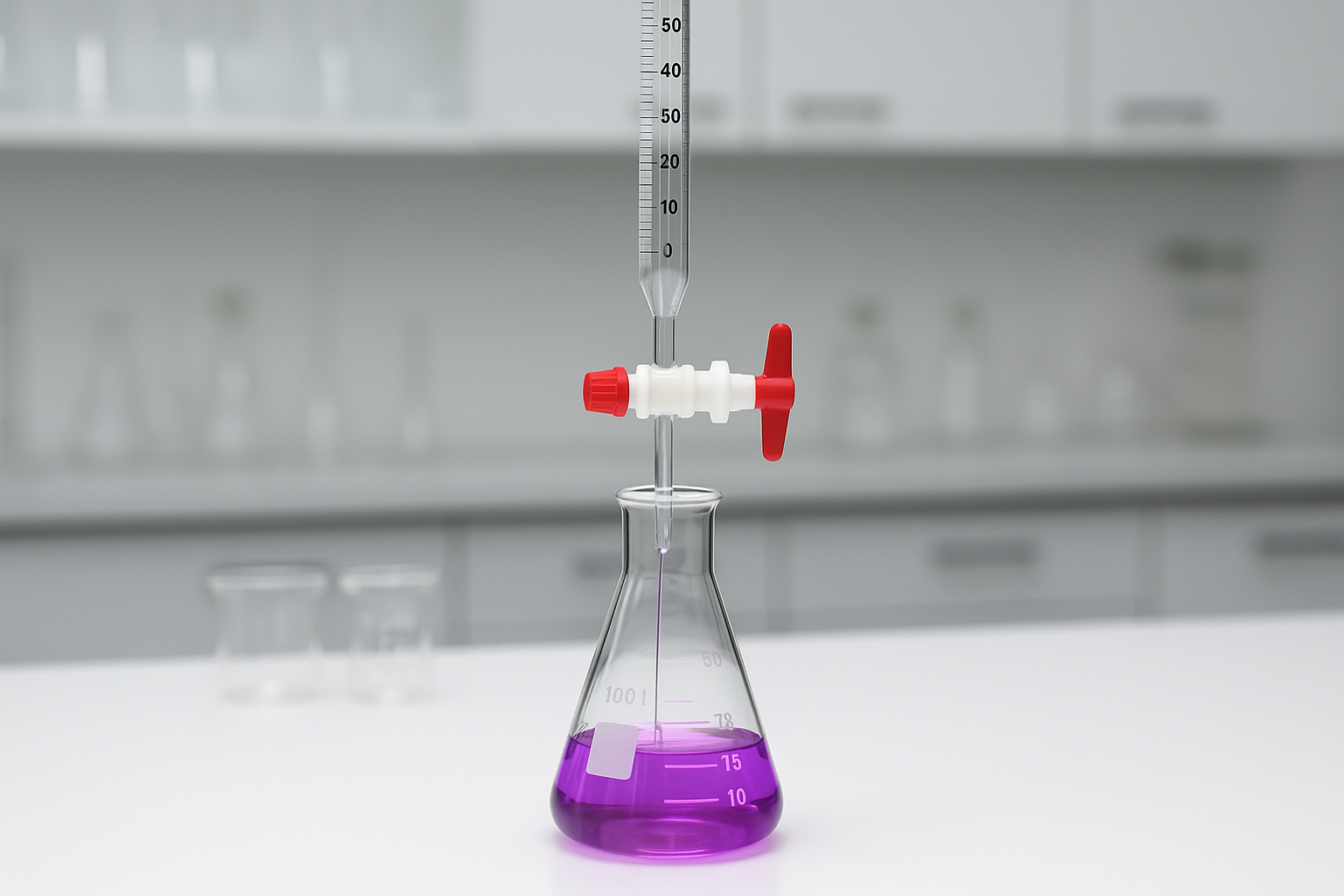
Burette
A long, graduated glass tube with a stopcock at the bottom, used in titrations for the precise delivery of liquids.
Fun Fact: Essential for titration to precisely determine the point at which an acid has neutralized a base (equivalence point).
Shopping suggestions are disabled.
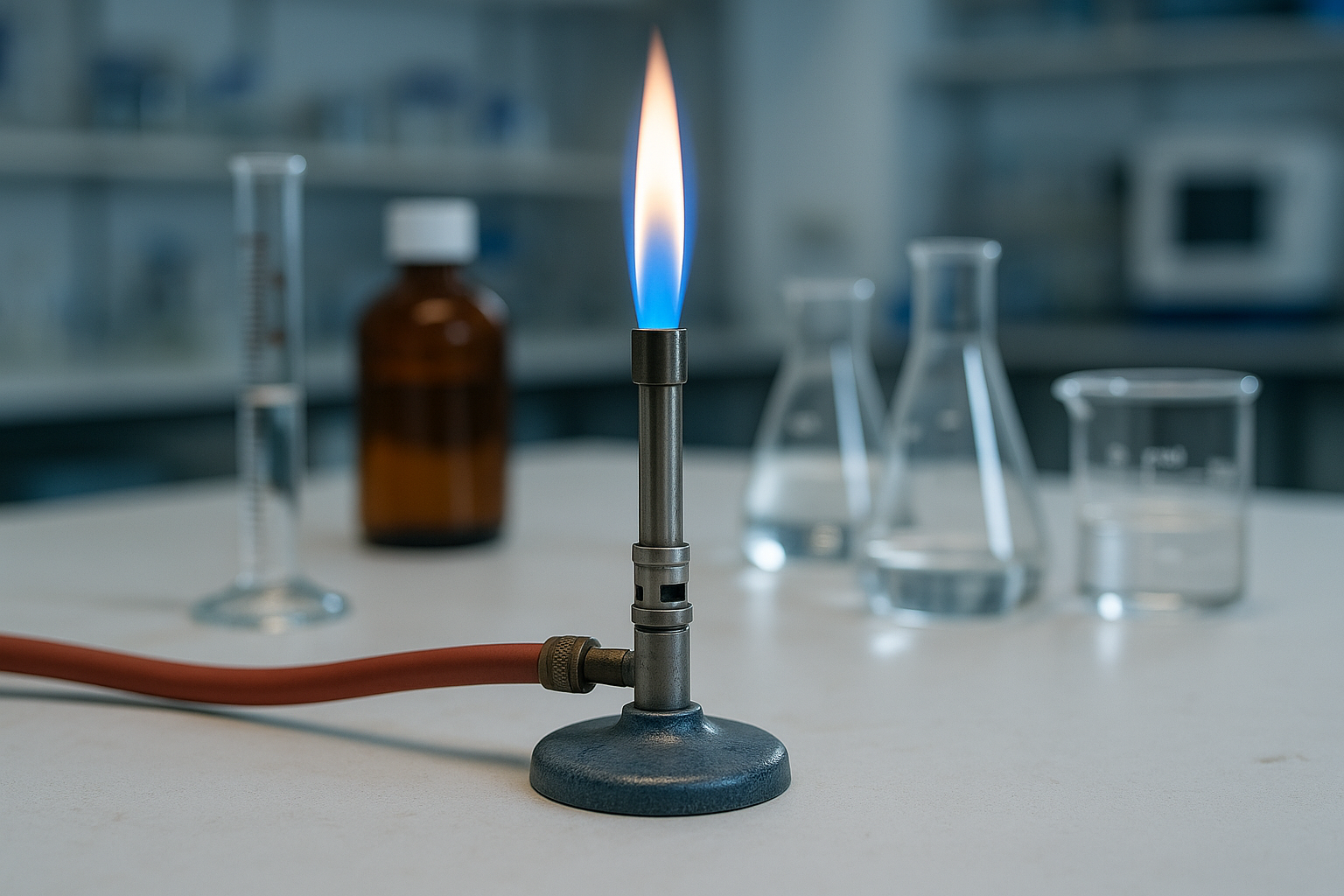
Bunsen Burner
A gas burner that produces a single open gas flame, used for heating, sterilizing, and combustion in laboratories.
Fun Fact: Used for flame tests, where different metal salts are heated to produce characteristic colored flames.
Shopping suggestions are disabled.
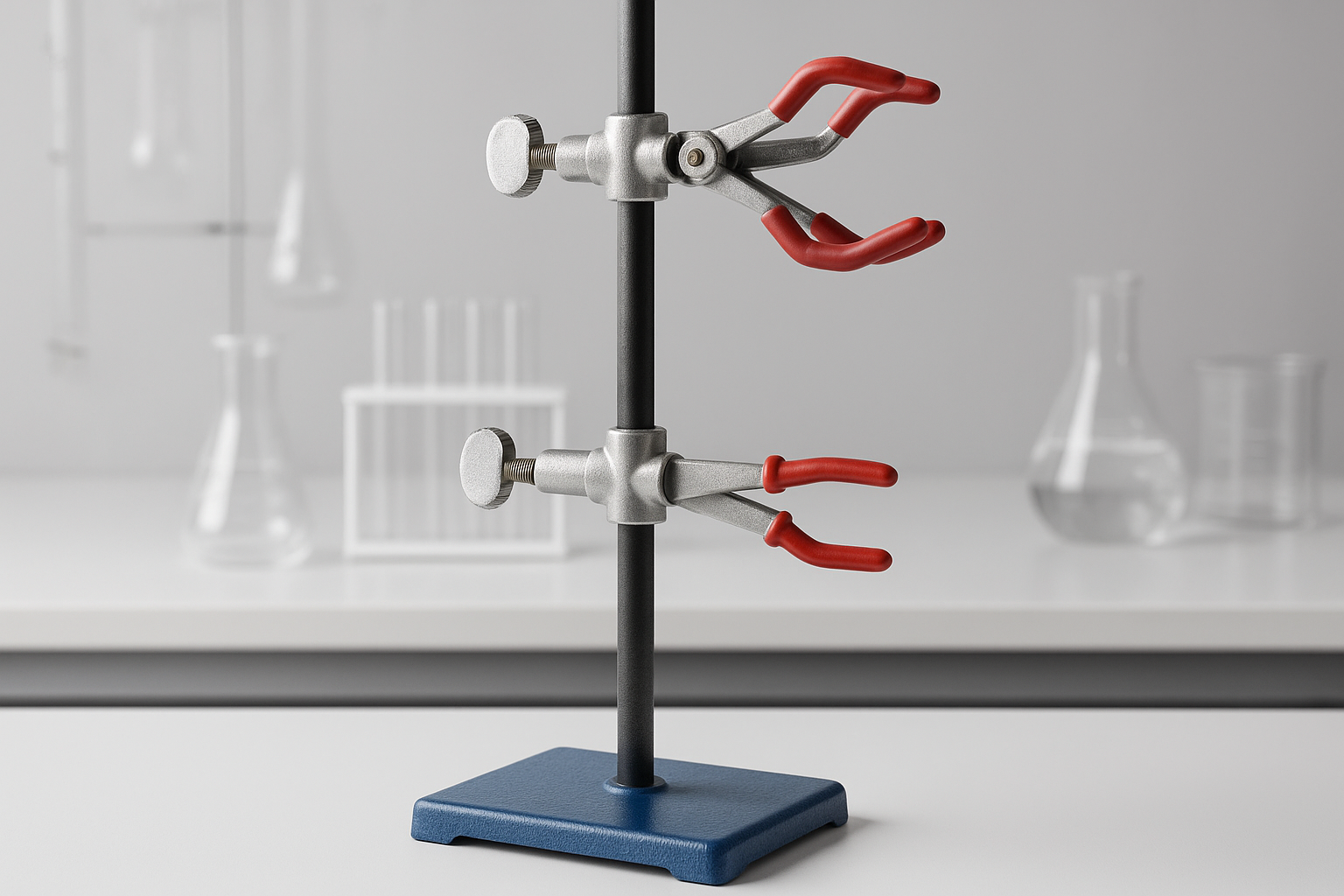
Ring Stand with Clamps
Used to securely hold glassware and other laboratory equipment in a specific position.
Fun Fact: Keeps a filtration setup stable to separate solids from a liquid, e.g., for lab-style coffee extraction.
Shopping suggestions are disabled.
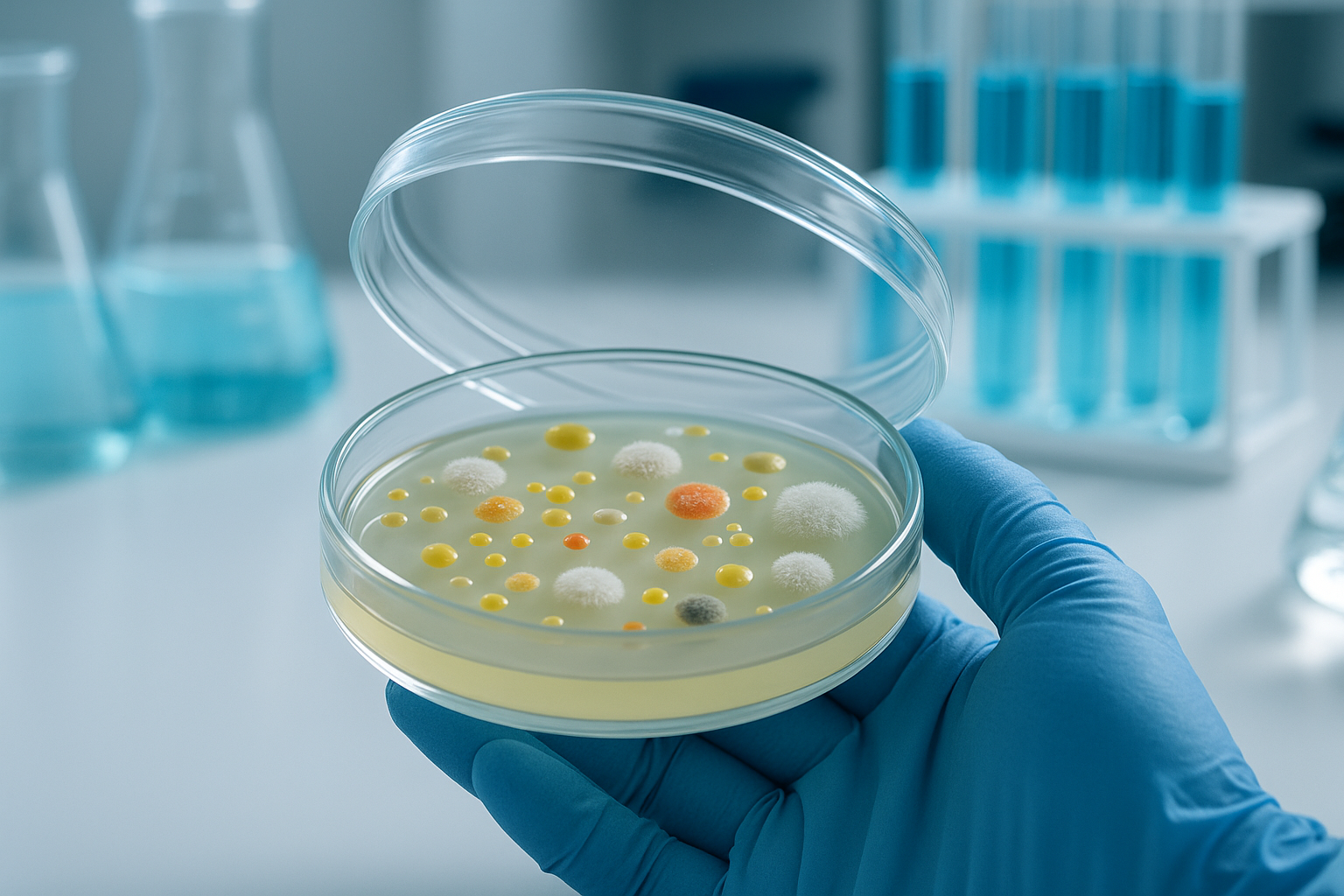
Petri Dish
A shallow, round dish with a lid, used for cultivating microorganisms such as bacteria, yeasts, or molds.
Fun Fact: Perfect for growing beautiful crystal gardens by slowly evaporating a saturated solution of salts like copper sulfate.
Shopping suggestions are disabled.
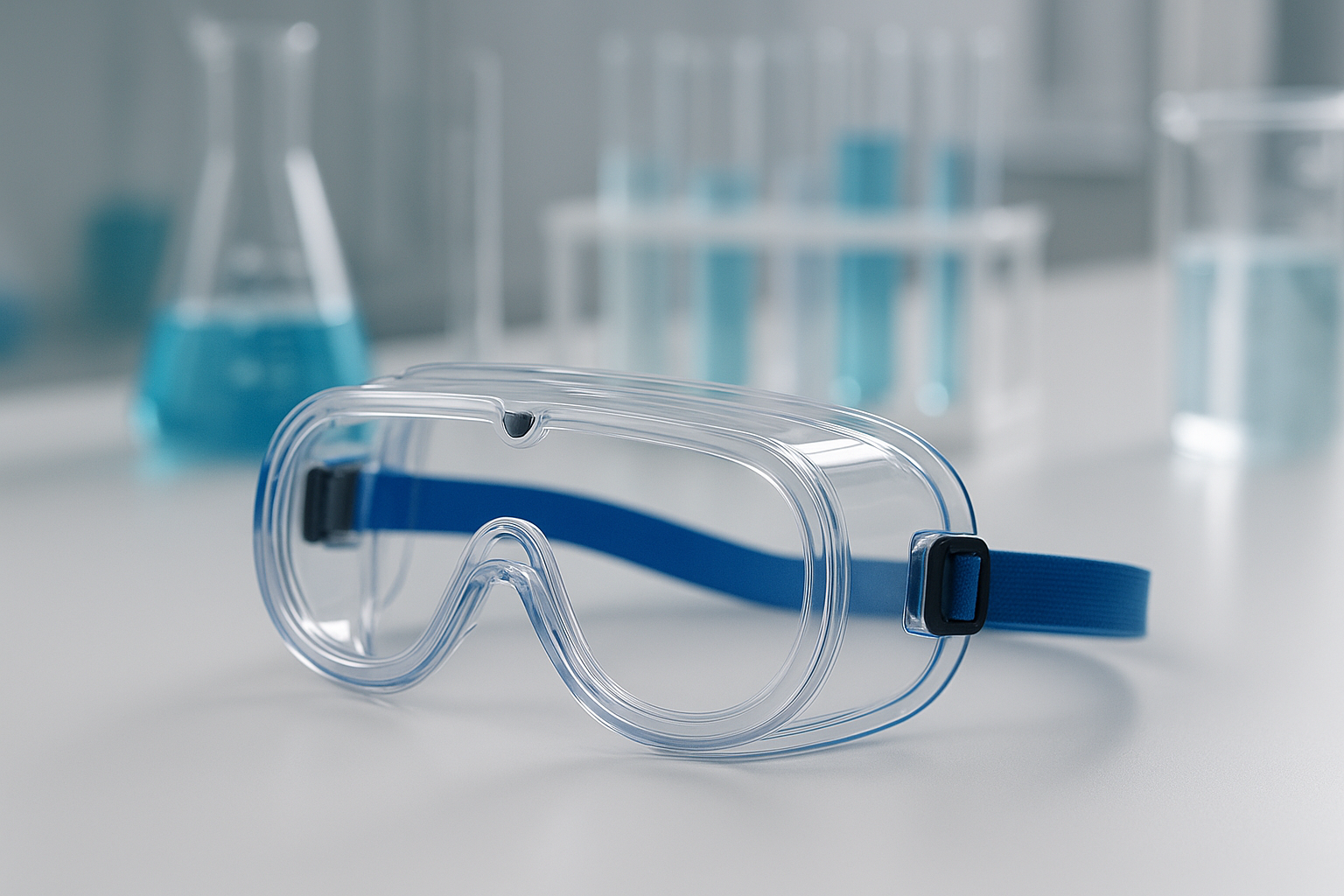
Safety Goggles
Protective eyewear that encloses or protects the area surrounding the eye in order to prevent particulates, water or chemicals from striking the eyes.
Fun Fact: The most important piece of equipment! Wear them to look like a real scientist and, more importantly, to protect your eyes from any unexpected splashes or reactions.
Shopping suggestions are disabled.
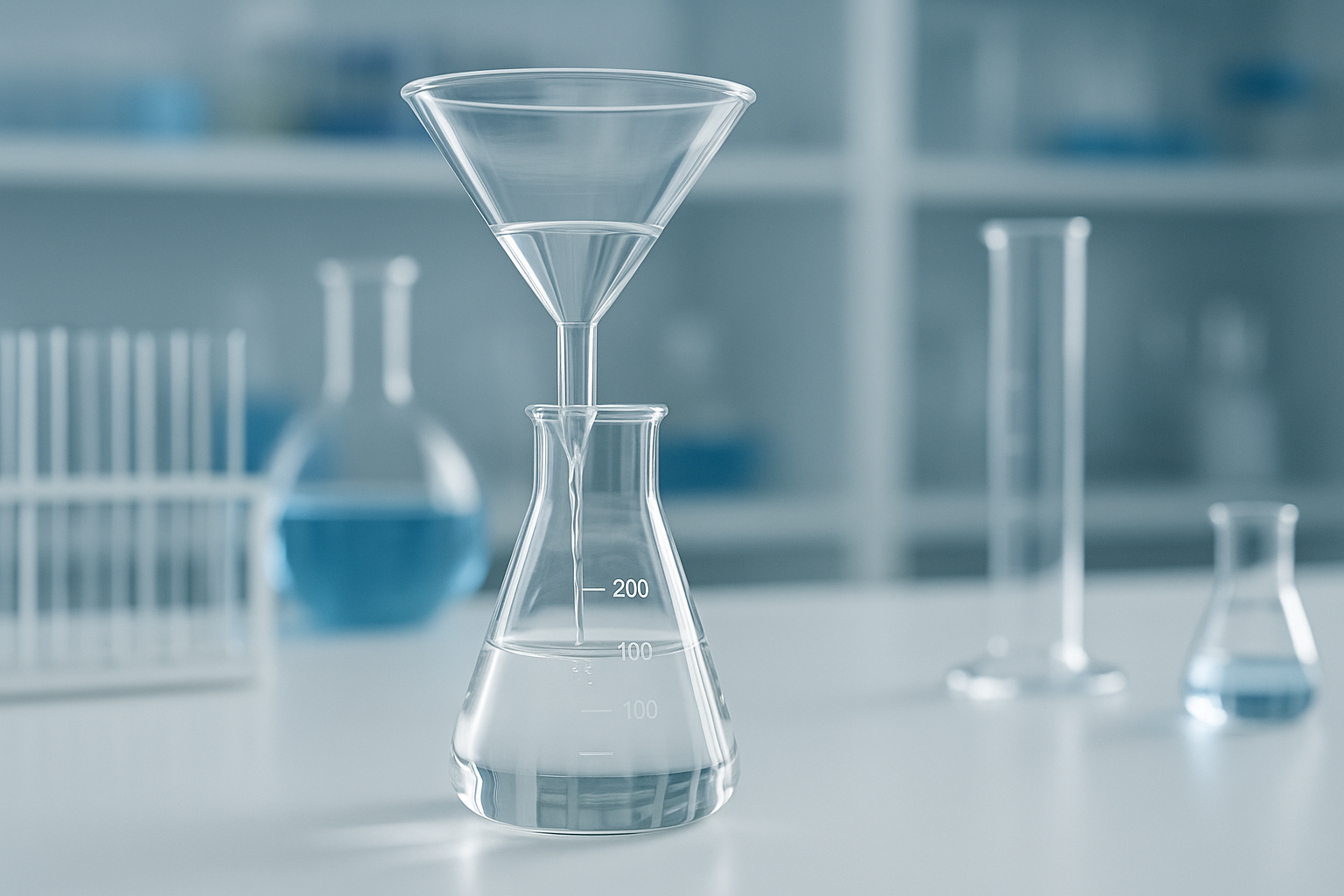
Funnel
A cone-shaped tool with a narrow tube at the end, used to guide liquid or powder into a small opening.
Fun Fact: Prevents spills when transferring your freshly synthesized "elixir of knowledge" into a smaller bottle.
Shopping suggestions are disabled.
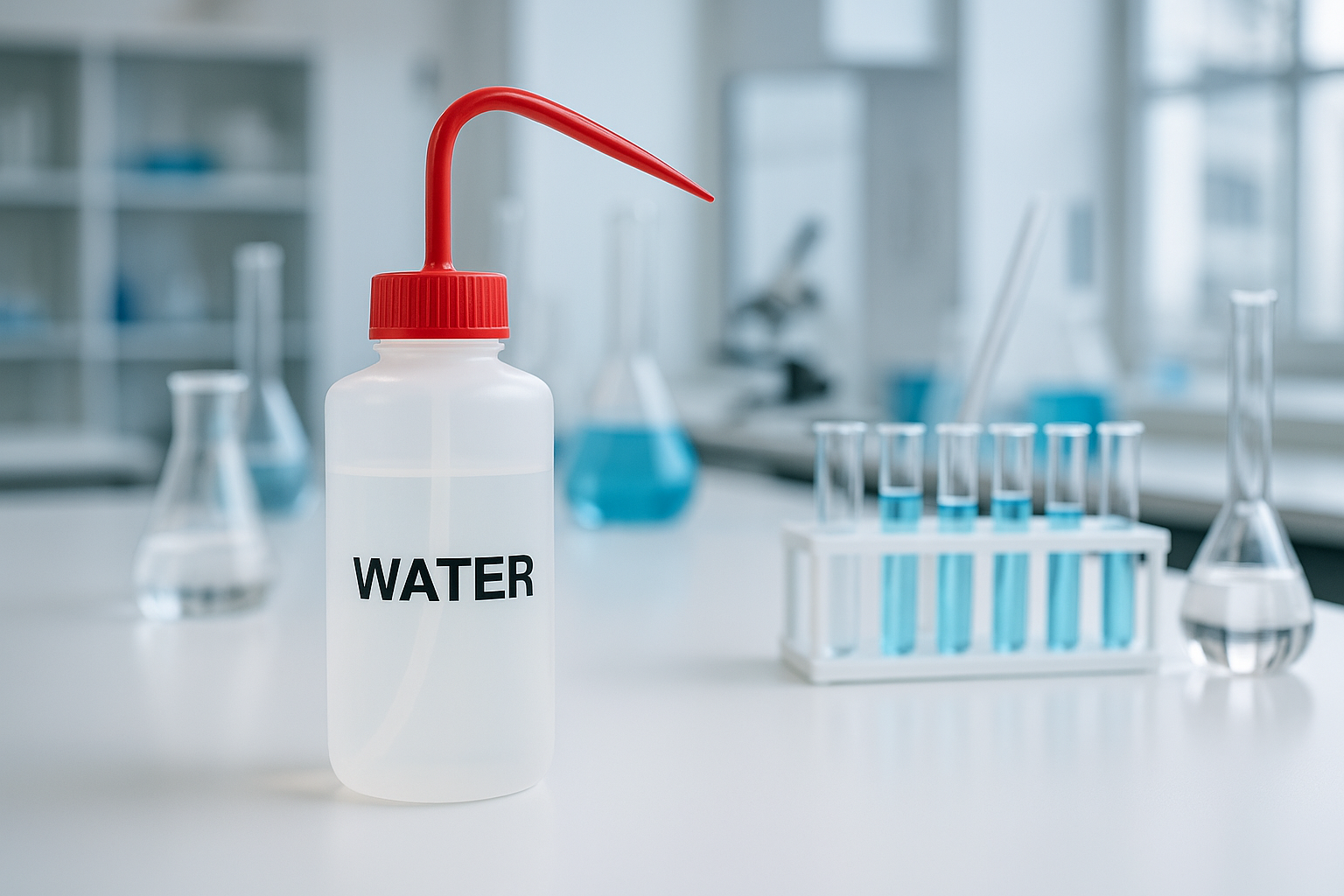
Wash Bottle
A squeezable plastic bottle with a nozzle, used to rinse various pieces of laboratory glassware.
Fun Fact: Perfect for precisely adding distilled water to a solution or for cleaning out the last bit of precipitate from a beaker.
Shopping suggestions are disabled.
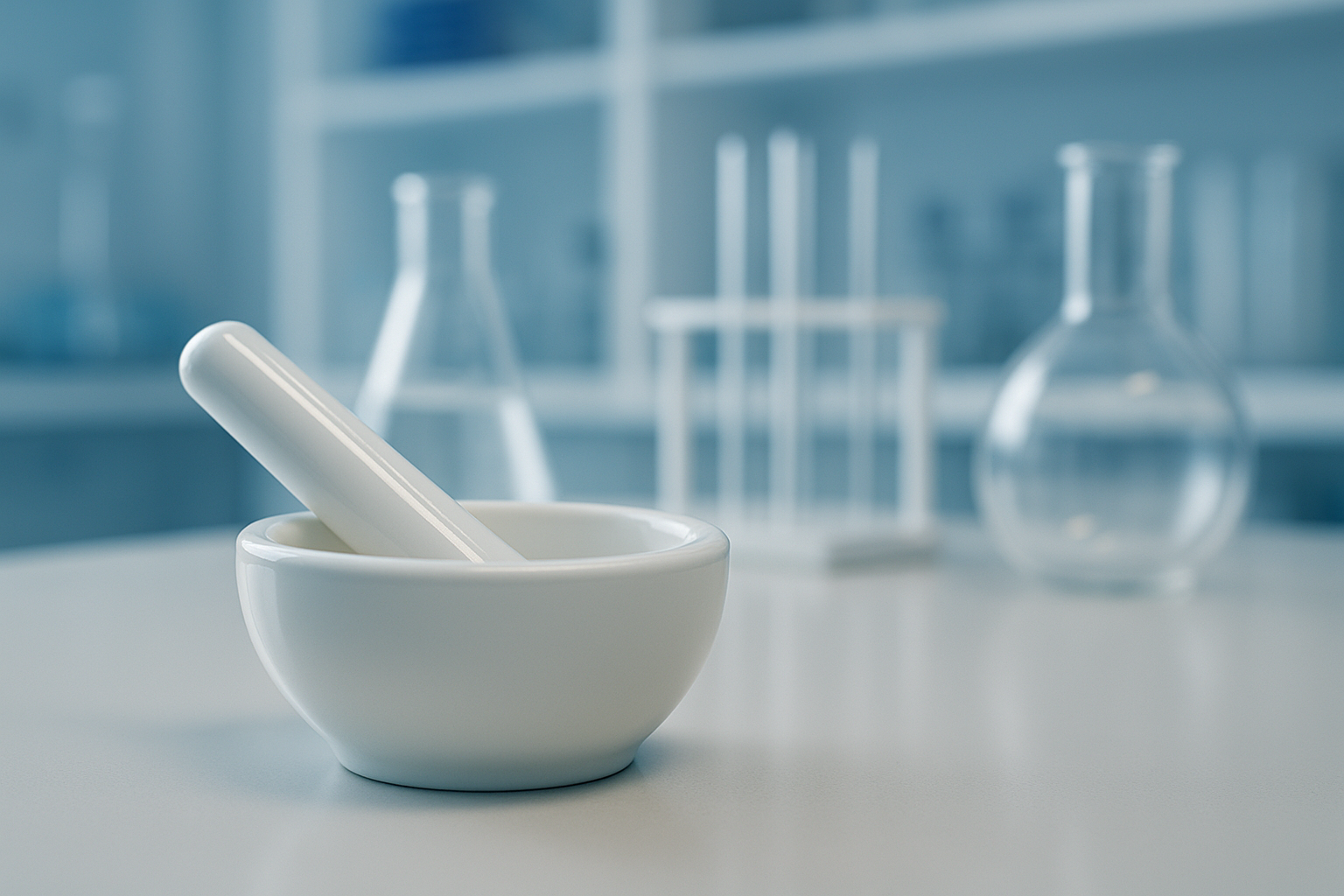
Mortar and Pestle
A bowl (mortar) and a heavy club-shaped object (pestle) used for crushing and grinding substances into a fine powder.
Fun Fact: Great for grinding up colorful crystals to create your own powdered pigments for "magical" potions.
Shopping suggestions are disabled.
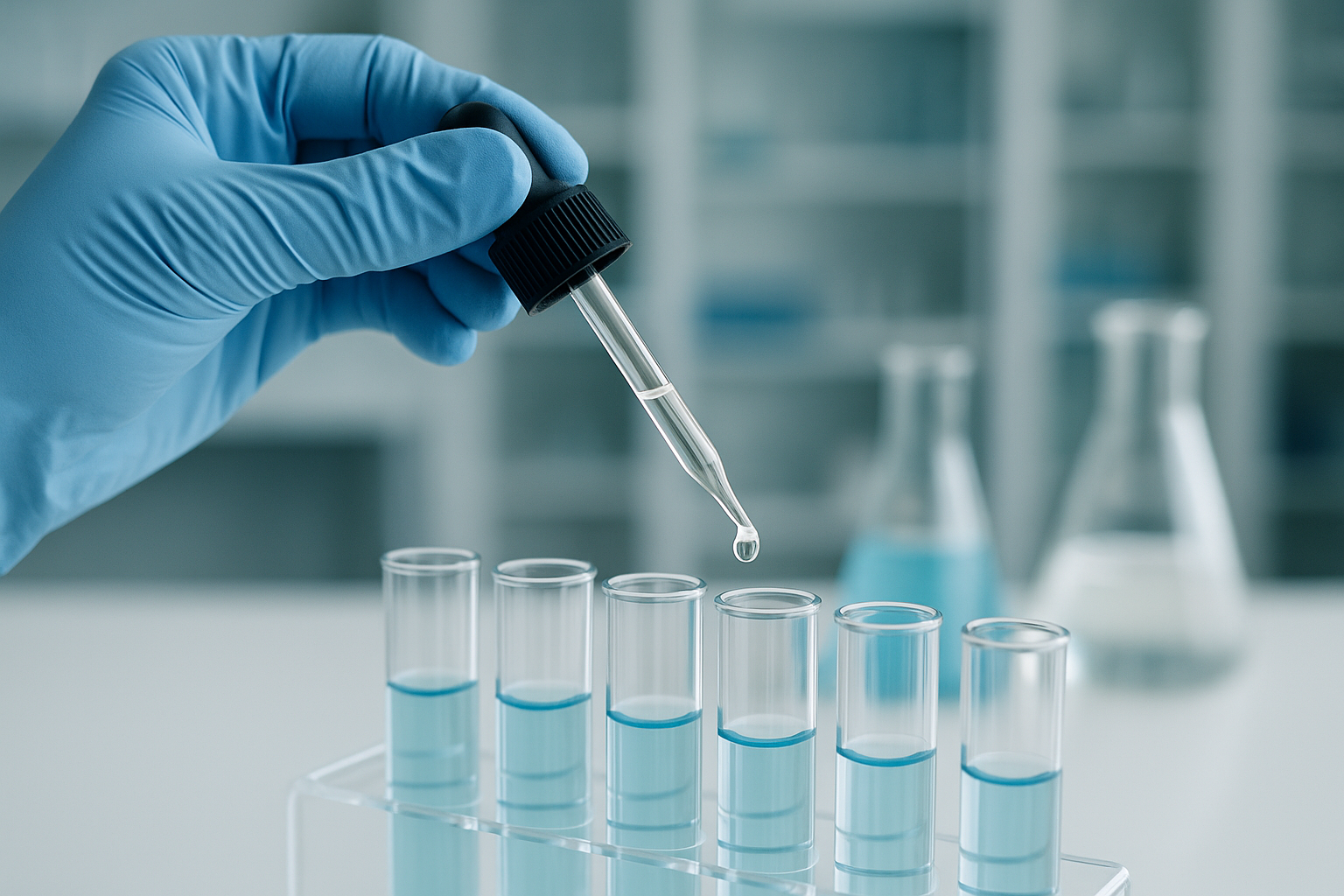
Pipette / Dropper
A slender tube used in a laboratory for transferring or measuring out small quantities of liquid, drop by drop.
Fun Fact: Essential for adding a precise number of drops of a reagent, like in a classic acid-base indicator color-change experiment.
Shopping suggestions are disabled.
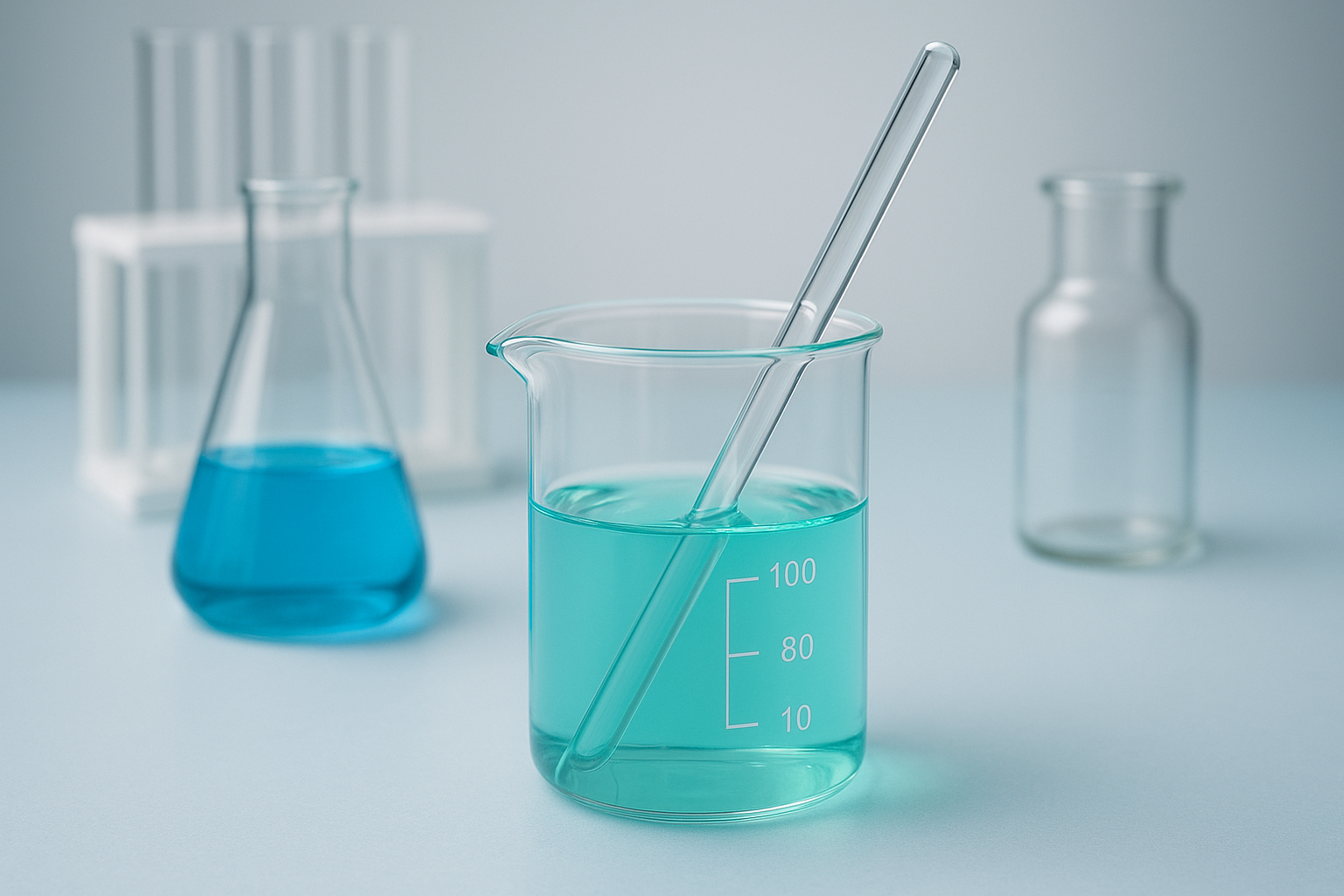
Stirring Rod
A piece of laboratory equipment used to mix chemicals and liquids for laboratory purposes. They are usually made of solid glass.
Fun Fact: Used to gently mix solutions to ensure everything dissolves, or to help pour a liquid down the side of a beaker without splashing.
Shopping suggestions are disabled.